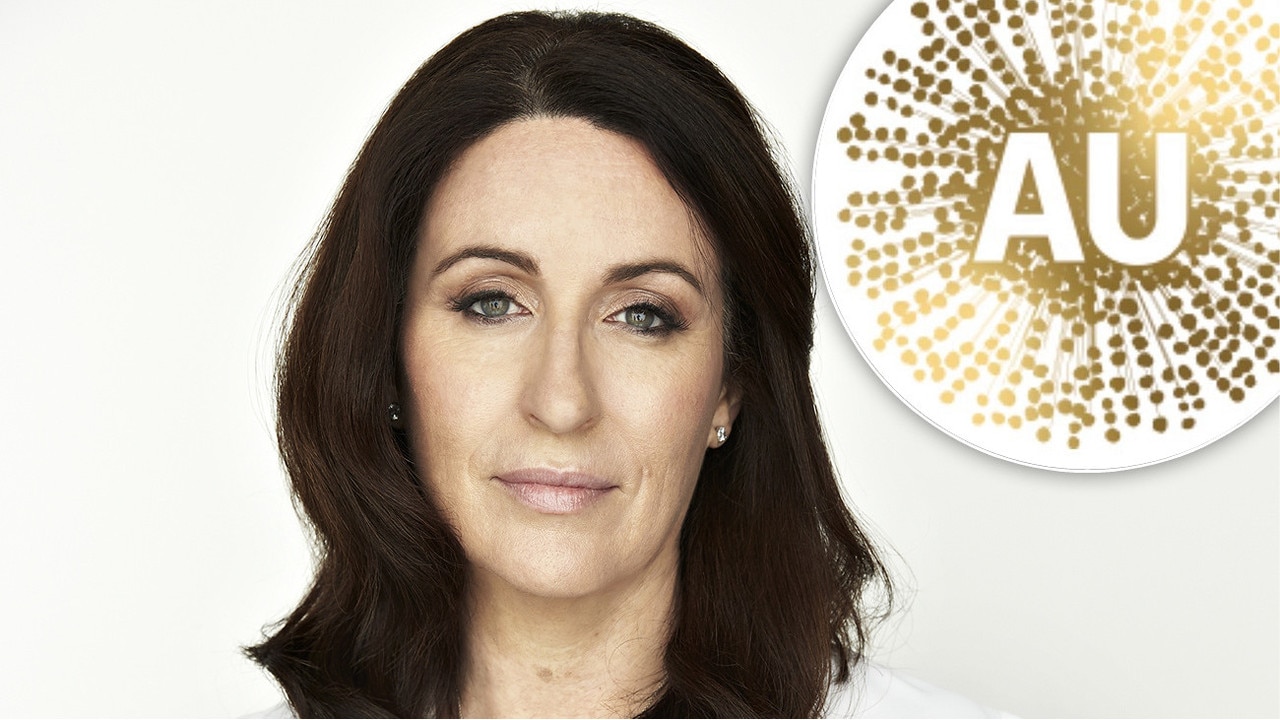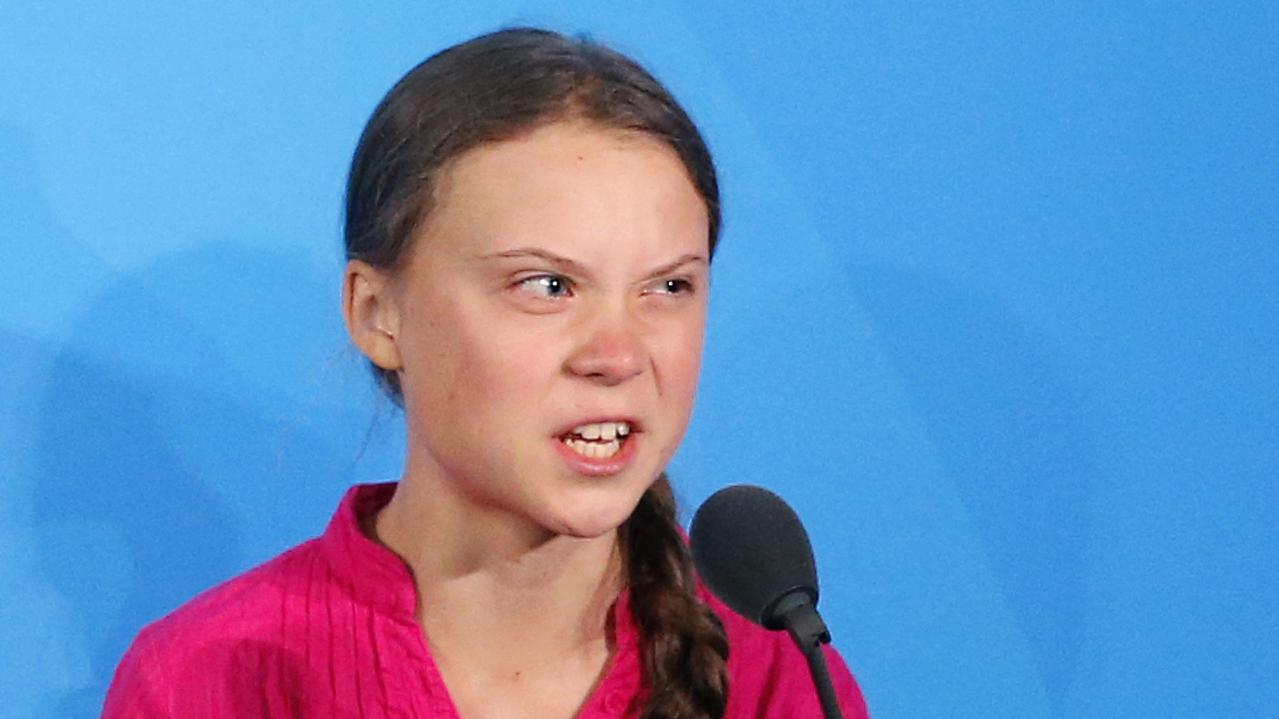Investing in new coal generation is a mug’s game
THERE’S a role for coal in the energy mix for some years, but it will diminish as we transition from old, dirty, power to new. We need to face the reality of a low carbon future, writes Paul Syvret.
Rendezview
Don't miss out on the headlines from Rendezview. Followed categories will be added to My News.
FOR a political alliance that is ostensibly wedded to the principles of free markets and smaller government, the federal Coalition’s behaviour of late could most politely be described as bizarre.
While the government ramps up the pressure on AGL to extend the life of its ageing Liddell power station in NSW — or sell it to someone who will — we also have a fringe faction within the Coalition advocating that taxpayers should step in where the market fears to tread and bankroll the construction of a new multi-billion dollar coal-fired plant.
This is the end result of years of hopelessly botched energy policy that has embraced privatisation and deregulation, with little in the way of co-ordination among the states and territories, while overlaying the whole mess with shifting regulatory goalposts.
More than a decade of policy uncertainty relating to Australia’s emissions reduction strategy is at the centre of all this.
We once had a government and opposition in broad bipartisan agreement that a market-based solution to reducing emissions — be that via a cap and trade system or a direct carbon price — was the most efficient way forward.
After much angst (and the demise of then opposition leader Malcolm Turnbull) the Gillard government managed to implement a carbon pricing scheme in 2012, only to have it repealed by the Abbott government two years later.
Abbott implemented the so-called “direct action” plan which basically replaced a revenue stream (carbon pricing) with taxpayer handouts to big polluters to encourage them to embark on emission reduction initiatives.

In the middle of all this various state governments have gone their own separate ways with renewable energy schemes, while the federal government dithered — and argued among itself — over a national renewable energy target.
Against this backdrop the rest of the world is moving steadily towards a low carbon future, with increasing reliance on renewable and in some cases nuclear energy.
This is not to say that there is not a role for coal in the energy mix for some years yet. There is, but it will diminish over time as we transition from old, dirty, power to new.
If economics had been allowed to shape the energy market — and a carbon price can be seen as simply pricing in the cost of what economists refer to as “negative externalities” — more so than politics, we wouldn’t be having this debate now.
Instead we are left with a situation where we have a Prime Minister almost pleading with a private company to extend the life of an asset that was privatised by a state Liberal government three years ago.
This is a 50 year old plant that has been plagued by operating difficulties and is, without costly refurbishment, at the end of its operating life.
When AGL bought the plant, along with the Bayswater power station, from the Baird government it had an effective purchase price of zero dollars, and the company gave seven years notice of its impending closure.
Here AGL is simply trying — as you do in a free market — to act in the interests of shareholders, and has its eyes on long term economic and environmental sustainability.
Unlike the dinosaurs in the Coalition’s so-called “Monash forum” — led by a cabal of conservatives including Tony Abbott, Eric Abetz, Kevin Andrews, Barnaby Joyce and Craig Kelly — AGL (and the banks) is well aware that financing new base load in Australia does not stack up.

Yes, coal’s proponents are right when they argue that the wholesale price of power from most existing coal plants is generally still lower than renewables, although that gap is narrowing rapidly.
The capital required to build a new High-Energy Low-Emission (HELE) plant though is estimated at $4 billion per 1000 megawatts, and as Treasurer Scott Morrison pointed out, the cost of power produced would be much higher than existing plants, especially allowing for the huge amounts of capital that needs to be ploughed in.
“You don’t just open up one down the road and all of a sudden it is producing power at the same price as Bayswater or any of the others — that is just not an economic fact.”
Time is also a factor here. A new base load power station would take perhaps seven years to build, and to provide an economic return would need a life span of between 30-50 years.
That time frame takes us to a point where technological advances, ongoing cost reductions and environmental considerations risk rendering the plant a stranded asset.
Investing in new coal generation in 2018 Australia is a mug’s game.
The power companies know it, the market knows it, but the government is stuck in bizarro-land.
@psyvret
For the latest from RendezView, follow us on Facebook and Twitter.
Originally published as Investing in new coal generation is a mug’s game


